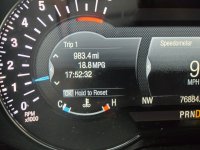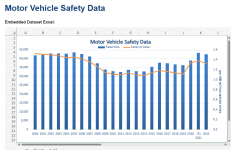We have trains, they run great but is rarely as flexible as a car. Tons of areas have less than ideal coverage in space or in time and my frame of reference is
Hong Kong, pretty much shared #1 spot for best public transportation. Because it's pretty much all built up and city, with great 24/7 coverage by metro, train, light rail, bus, mini bus and a billion affordable taxis.
The Netherlands, #6 on
https://www.insidermonkey.com/blog/5-countries-with-most-efficient-public-transportation-1264949/. Great urban public transit, but coverage is lacking quickly outside of main routes. Taxi and Uber is unaffordable for most.
Japan, #5. Great in urban areas like greater Toyko, meh outside, if you are off the main routes, gl with the hourly train. Taxi is very expensive.
The main difference between HK and the other two is that if you need to go somewhere either with less coverage, or shitty connections like Yuen Long district to Sha Tin, you can choose between ~1.5h train to center and back out, or a direct highway between the two via taxi in 40 minutes.
This happens everywhere. In the Netherlands, you ask a friend for a ride or just don't make the the trip. In Japan, we just took JR local and it takes relatively forever. If you're rich enough, fine, grab a taxi for €100/¥100000.
Here is where SDC comes in. As a shared public service, running like a point to point 7 to 16 seat minibus with passenger pooling, even if you have one of the greatest transit systems in the world, you can benefit from it.
Even in HK, when I was just like 10 minutes from a major shopping and business district, I had to give like €/$10 tip in the taxi app to grab someone's attention after 15 minutes of retrying booking a car for a €/$25 trip. Basically had to pay for the first empty leg too. Being even further out like trying to a ride back from the end of a hiking trail is unreliable.
And this is during the day. At night all of the high capacity links are down, weekend is reduced service, SDC busses have no such limitation.




